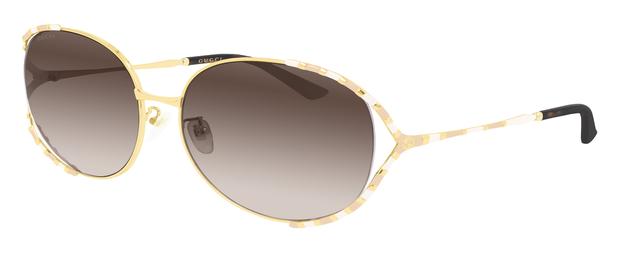

Sunglasses are no longer a luxury accessory or simply an accessory to become a true protector of our eye health. Are they really important? Cannot using them be harmful to the eye?
Eye Damage
There are several studies that have certified damage to the eye from the sun. According to long-term researchers, ultraviolet radiation affects the macula or central vision area that allows maximum visual acuity and color vision. That is why specialists advise the use of filters, that is, sunglasses.
Different Wavelengths
Light distinguishes between infrared, visible spectrum, and invisible spectrum depending on the wavelength. The visible spectrum is between 400 nm and 700 nm, being the dreaded ultra violet rays below 400 nm: UVA, UVB and UVC. They are the most energetic rays and the most harmful to both the skin and the eyes. Some sunglasses only protect up to 380 nm, however the latest generation of lenses.
UV Protection
When you wear sunglasses without UV protection, the pupil dilates and UV rays can enter the eye without barriers, so it is even more dangerous to wear unprotected lenses ultraviolet than not using them ”.
Color and Protection
The fact that glasses are dark color means that they protect us from UV rays? Not at all. The darkness of the lens only decreases the amount of light that reaches the eye, but it does not mean that they have the corresponding UV filter. If you wear glasses without a filter for too long, despite not perceiving the damage, since the vision is correct, certain long-term vision problems may appear, such as poor vision or eye deviations.
Polarized Glasses
Why are they so special? The first polarized sunglasses were developed by Edwin Land in 1936. When the non-polarized and random light of the sun is reflected on a flat surface, the Light waves become polarized (oriented in a certain direction) instead of random. Ordinary non-polarized light is a grouping of electromagnetic waves that can travel in all directions; polarized light waves are limited to one plane. “This results in annoying glare that can even be dangerous at certain times, such as while driving. As points out, “polarized sunglasses filter this glare with a polarized light filtering film . They neutralize uncomfortable reflections that come from surfaces such as wet roads, water, or snow; in this way they guarantee great comfort and a vision rich in contrasts”
Polarization And Protection Of Sunglasses
As the optics specialist points out, “the level of protection depends on the category of the filter that appears with a number on the eyeglass rod inside a circle. The numbering is from 1 to 5 and accompanies any sunglasses as an informative note. The number indicates the recommended use, going from low light (1) to exceptional light (5)”.
Labeled Between Different Types Of Glasses
The labeling does not make a difference between sunglasses (polarized or not) since they are all included as individual protection devices (DPI) according to the provisions and requirements set forth in the 89/686 EEC directive (EN 1836: 2005).
When buying sunglasses, you may wonder which type of sunglasses suit you the best because in the market there are variety of designs like donkey with sunglasses are available. There is no need to fall in confusion. Choose the best type of sunglasses so that your eyes are properly protected and comfortable in the sunglasses you choose.
